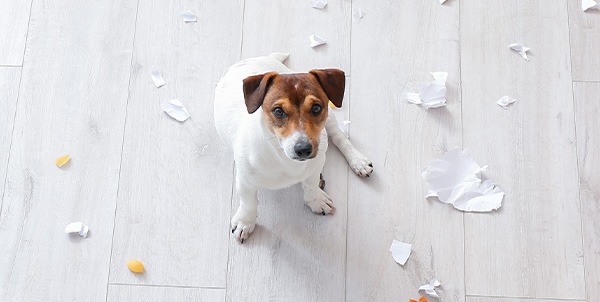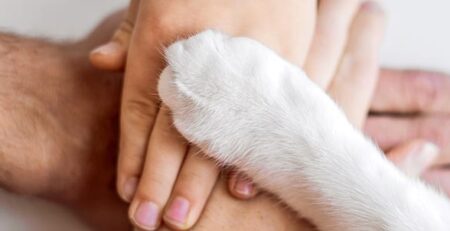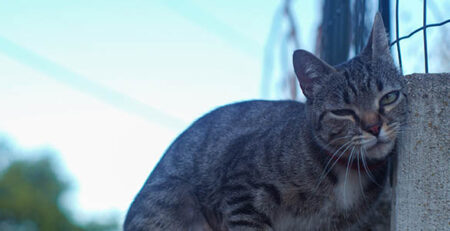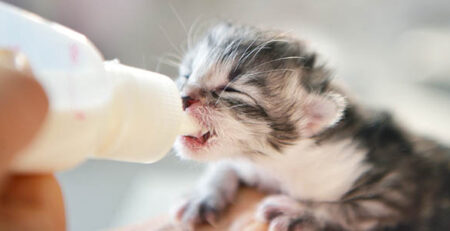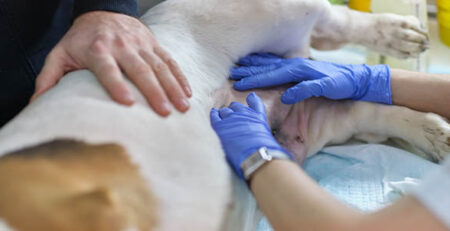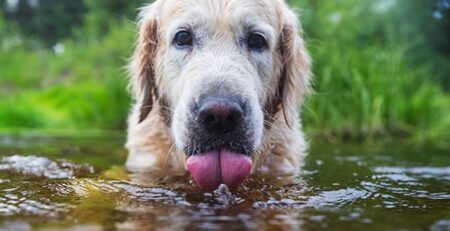If the dog when exhibiting attitudes deemed inappropriate and difficult to handle, they are not spiteful but are sending a call for help because they are experiencing discomfort. How to interpret his malaise, understand what he needs, and help him become calm again?
In most cases, the dog’s so-called behavioral “problems” are generally an expression of emotional dist ress and suffering resulting from the denial of its most essential physiological needs.
The most frequent behavioral alterations are not spiteful but rather the effect of repeated (even unconscious) errors in the management of the dog by its humans.
The most recurrent abnormalities in dog behavior
Aggression, separation anxiety, phobias and fears, elimination disorders, and excessive barking are the most recurrent alterations in dog behavior.
Aggressive behavior: growling and biting
In the wild, in the wild, aggression is a physiological behavior in all animal species.
Some types of aggressive behaviors such as growling or biting, if manifested properly, are to be considered physiological if not even “life-saving.”
Think, for example, of fear aggression or protective aggression of a mother dog toward her offspring, territorial aggression or competition for prey.
In a dog often too simplistically defined as aggressive, the causal chain of behaviors that results in biting or growling must always be identified.
Separation anxiety: disasters in the home
The main symptoms of separation anxiety are vocalizations, destruction of objects, and deposition in inappropriate places, which occur when the dog is left alone.
A classic example is puppies entering the family.
It should be intuitive to understand how distressing it can be for a puppy, who until the day before slept and was with its mother and siblings all day, to be left alone.
Finding himself, perhaps at night, in an unfamiliar place and without the smell of anyone familiar to him.
It is important not to underestimate these symptoms and give them the right reading if we want our dog to grow into a calm and confident individual.
The risk is that he then becomes an adult who, left home alone, shreds pillows and couches or urinates and defecates wherever he happens to be.
Inappropriate eliminations may be caused by territorial marking, or by the dog’s lack of habit of fouling outside, or by states of stress, excitement, anxiety, fear.
Unwanted behavior is not a spite but a request for help
The dog has real panic attacks and discharges anxiety and stress by the only means at its disposal, namely teeth and paws.
He is the victim of such profound panic that he loses control of his sphincters and releases feces and urine wherever he happens to be.
Punishing a dog makes no sense and is highly counterproductive as it will worsen its generalized state of anxiety.
Rather, it is important to turn to professionally trained figures to avoid mistakes resulting from “do-it-yourself” or word of mouth.
Get help from a veterinarian experienced in animal behavior
Theveterinary behaviorist is the professional you should turn to in order to uniquely decode your dog’s physical attitudes by associating them with his or her moods.
Insufficient knowledge of a dog’s behavior and ethological needs creates false expectations in people that greatly increase the risk of abandoning or giving up the animal.
Only by learning to understand the signals the dog sends and their meaning, as well as what an enormous impact human behavior can have on the dog, can we build a harmonious, happy relationship that respects the animal’s well-being.
If you would like the advice of an experienced Behavior Veterinarian, our Staff Specialists are available for your consultation.
We also remind you that in case of need and urgency Clinica La Veterinaria is always open h24 every day including holidays and with First Aid service from 8 pm to 8 am.
For the joy of seeing them HAPPY

